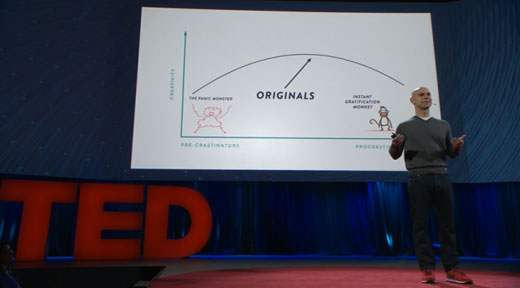by Llewellyn Vaughan-Lee: “God does not look at your outer forms, but at the love within your love.” —Rumi
 Amid the noise and increasing demands of our daily life, it is more and more important for many of us to find a way to reach an inner quiet, a place of rest and refuge. For many people, the recent introduction of meditation techniques has been an invaluable means to find a much needed stillness and tranquility.
Amid the noise and increasing demands of our daily life, it is more and more important for many of us to find a way to reach an inner quiet, a place of rest and refuge. For many people, the recent introduction of meditation techniques has been an invaluable means to find a much needed stillness and tranquility.
However, the tradition of mystical prayer is another way to access the peace that belongs to our soul. It is born from a need to rediscover our heart’s relationship with the divine, our own personal and most intimate inner connection. Mystical prayer is a place of deepening love, as well as silence and peace.
My own journey in mystical prayer took place within the Sufi tradition, which describes our relationship to God as that of lover and Beloved. On this path of the heart, I was drawn back to the Beloved through the mystery of love, a love affair that takes place within the heart. Our heart is a place of receptive stillness where we wait for our Beloved, wait for this meeting of love for which we long. During the day, I often found myself longing for a time for prayer, when I could turn away from the outer world and go into my heart where I could be alone in silence with my Beloved.
After practicing for a number of years I was asked to lead a gathering at a Roman Catholic retreat center. So I studied the works of the Christian mystics, and was overjoyed to discover in the writings of St. Teresa of Avila a description of the stages of mystical prayer that was very similar to my own experiences within the Sufi tradition. At that time in the 16th century the Inquisition only allowed the mental repetition of prescribed prayers, but St. Teresa was drawn to the mystical Prayer of Quiet, a state of inner receptivity, a listening stillness very similar to the receptive Prayer of the Heart within the Sufi tradition I had been practicing. And in her writings she articulates very clearly the stages of prayer that draw one deeper and deeper within the heart into states of union and ecstasy.
To know that beneath all the divisions of the outer world there is this single stream of mystical prayer is in itself a refuge and deep reassurance. It is so easy to get caught up in the forms and images of the outer world, and yet, as Rumi writes, “God does not look at your outer forms, but at the love within your love.” And here, within the heart of each of us, is a place where we can enter the formlessness of love. And as I have discovered from my own journey into the heart, this is a love that embraces each of us with a tenderness and passion known only to lovers. We are taken by love to love.
We begin this journey of mystical prayer with the simple act of listening within the heart. We bring the mind down into the heart, into the feeling center our self. And here we wait and listen, not to the sounds of the outer world, but to the silence that is within our self. This silence is nourishing, and in itself it draws us deeper and deeper within. It is the silence from which love is born, where we meet our Beloved, where we are taken by love. In the words of one Christian mystic, the Blessed John Ruysbroeck, it becomes “the dark silence in which all lovers lose themselves.”
Like the practice of meditation, or Centering Prayer, this Prayer of the Heart can be practiced daily. It allows us to have a deepening relationship with the divine that is always present within us, but so easily overlooked in our daily life. It nourishes us from the depths of our own soul. Our outer, everyday life becomes more and more grounded in the core of our own being. And through this simple mystical prayer we discover a friend, a companion, a lover.
Mystical prayer belongs to our deepest human heritage, and as our outer world appears increasingly fractious and out of balance, with economic and ecological uncertainty, it is infinitely valuable to reclaim this tradition. In the West it was often hidden beneath all the rituals and recitations of the Church — sometimes its practitioners were persecuted — and yet it was kept alive by mystics like St. Teresa. As we open our hearts and our-selves to love’s silence we affirm what is deepest within us and within the world: our relationship to the divine and the oneness that belongs to all of life.









































